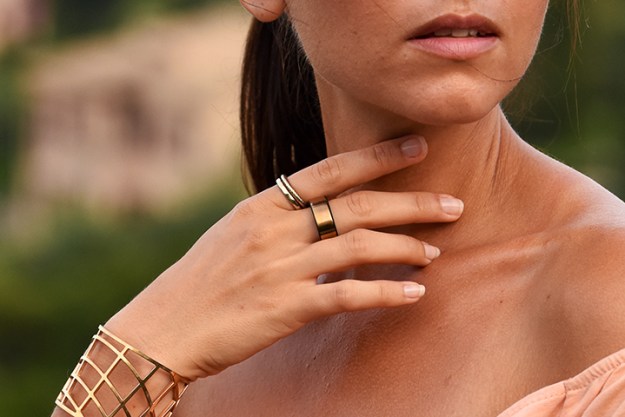We may be in the midst of coronavirus lockdowns, but that hasn’t kept runners from getting some exercise and competing by participating in virtual races.
Thanks to a slew of running apps — MyFitnessPal, Strava, Couch to 5K, Nike Run Club — there is no shortage of ways to help map out and track a runner’s course, even during the pandemic. While some vital aspects of racing have been missing since people can’t gather together, cheer each other on, and experience the thrill of crossing the finish line, virtual races can be the next best thing.
Here’s how you can stay fit while still staying safe.
What is virtual running?
Virtual running, jogging, or walking takes place wherever people can safely run while maintaining social distance and obeying park and street closures during coronavirus lockdowns. Distances for races vary from 5Ks to half marathons.
Basically, you lace up the way you would on any race day, but you’ll likely be running alone or a safe distance apart from people you know. While the World Health Organization and the Centers for Disease Control and Prevention recommend a distance of 6 feet apart, one study suggested 15 feet apart might be more appropriate given how runners sweat and to lessen the chance of airborne infection.
Other than that, the rules are fairly loose.
How to participate in virtual races
Running clubs like the New York Road Runners (NYRR) indicate a virtual race can be run at any time within a specified time period, for instance over the course of two weeks to accommodate people’s varying schedules while they work from home.
Some running groups have virtual races open to the public and then special registrations for those who want their times to count toward qualifying for half marathons and full marathons taking place later in the year.
Runners log their times in an app (NYRR uses Strava for its races) and “compete” with others that way. NYRR’s Michael Capiraso told Digital Trends that runners just need a device with GPS and an app like Strava. For his organization’s runners, “every result is GPS verified by Strava, and all race routes must be made public to be added to the race results and count as an official result.”
For others, accountability and community are important. The Quarantine Backyard Ultra, which began on April 4, asks participants to sign in to a Zoom videoconference call. Runners registered online to go 4.167 miles every hour, on the hour, until only one runner was left on the livestream.
Their phones or other devices could either be mounted on their treadmills or someplace outside where other participants and the organizers could see and interact with the runners as they ran their laps — avoiding the need to travel very far from their homes during a lockdown.
A flexible schedule might also help if you’re running outside, so you can avoid times when there may be more people outside and sticking to social distancing is more difficult.
There are a plethora of races canceled because of the coronavirus, but many organizers are offering virtual alternatives, so it’s best to check with them. In general, race organizers have been offering refunds and free or heavily discounted registrations for virtual races.
NYRR offers both free and paid registrations for its races. The paid ones allow runners to use their times to qualify for bigger races like the Brooklyn Half Marathon. Capiraso said since NYRR launched virtual run events in 2018, more than 100,000 runners have finished its races. Upcoming 5K and half marathons already have more than 20,000 registrants.
Virtual Run Events has been offering these types of races since long before the pandemic for those who couldn’t or didn’t want to run with others.
Some apps are also sponsoring virtual events and mailing participants and winners medals — even including a Baby Yoda award.
And best of all, virtual runs may help do some good as well as keep you healthy: Many races’ registration fees, if there are any, go toward coronavirus relief efforts.
Editors' Recommendations
- Exercise with friends in FitXR’s virtual, multiplayer workout classes
- Garmin data shows how we’re staying active during the coronavirus pandemic



